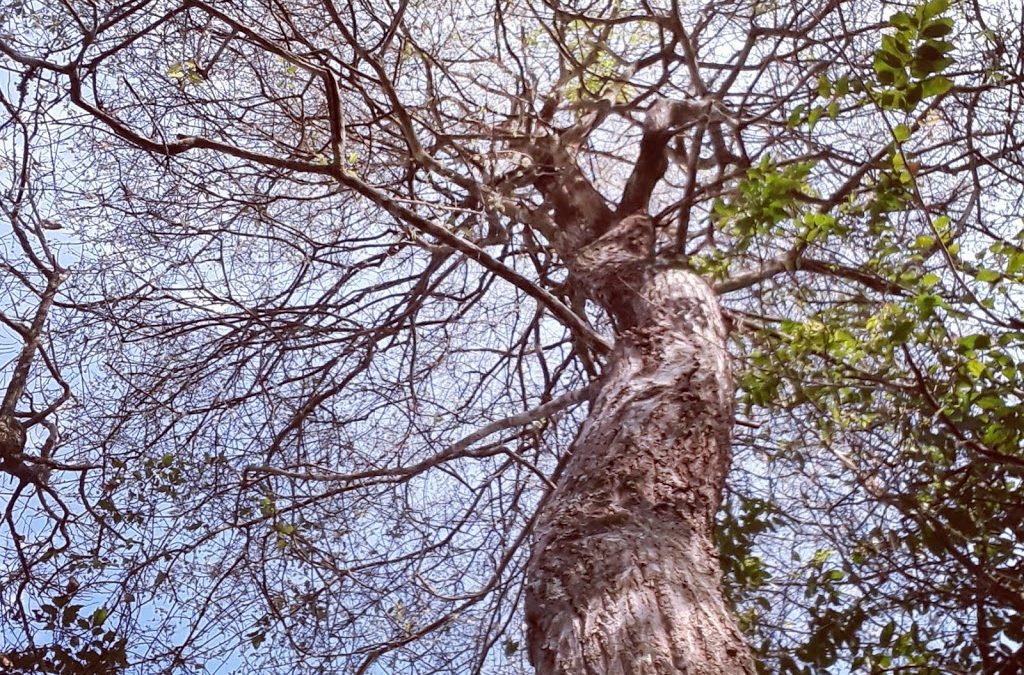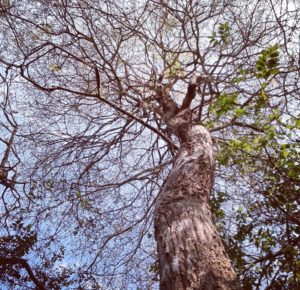Once June arrives and the shortest day approaches autumn slowly gives way to winter.
Darkness descends late afternoon at this time of year and children head home from school after the sun has fallen from the sky. Winter is a time without evenings as day gives way to night too swiftly to allow for there to be one.
The long dark nights find the population huddled up indoors away from the darkness and away from the chill of the night time winds.
This is the time for the land to sleep. Leaves fall in great numbers from the trees carpeting the ground and in that ground most growth grinds to a halt. The grass that grew so lushly during the summer gets no higher and even the weeds and wild flowers cease to multiply.
Winter is also the time of dryness. The sky remains blue most days, but a paler, more watery blue than that of summer and without the heat there is no evaporation from the land to drive thunder storms.
As a result it may be several weeks between downpours and the ground grows dryer and dryer. What rain that does arrive during winter is often in the form of cold fronts which have blown in off the South Atlantic and up across Argentina.
Travelling so far these clouds loose much of their rain before reaching Paraguay. Many times they bring none at all instead their clouds block out the sun for days on end while an ice cold southern gale blows.
This wind chills the land and all who inhabit it. It is piercing enough to drag the temperature below freezing, bringing a night time frost, but never snow.
Such cold spells arrive just two or three times during the winter at any time from mid June until mid August. The frost kills the heat loving plants off back down to their roots where they will remain until spring.
The fields of green grass are turned overnight into fields of dry brown straw. This with all it’s moisture removed is a great fire risk across Paraguay every winter for once a grass fire starts little other than a lack of fuel or a natural barrier will stop it.
The winds howl and the people shiver through these months. As it is hot for so much of the year houses are built to let cool air in rather than trap warm air inside.
The winter is not though relentless. The cold spells last for a few days at the most and for the rest of the winter months the days are warm and pleasent under a clear blue sky.
Soon though it is over and a distant memory. As August advances new bird songs are heard as the migrating birds return build nests and take advantage of the new growth and freshly emerged insects.
Many years spring arrives with a bang bringing with it great storms which soak the dry land. Washing away all that is not sucured and bringing the land back to life.
Soon after the downpours the fields turn once more from brown to green and fresh grass pushes it’s fingers through the burnt ground, soon turning that from black to green.
Elsewhere the trees come back to life, spreading out new leaves and plant life everywhere bursts into life.
For animals this is the end of the famine times for another year. The cattle once more have grass to eat and the birds seeds and grubs.
With the coming of spring the cold winds of winter cease to blow. Once more Paraguay is a warm and sun filled land.
Now for the next couple of months the temperatures will be the most enjoyable they have been all year. Even more so with the cold of winter such a recent memory.
This is the time of planting the time of new life and everything rushes to get established before the heat of summer is once more upon the land.



Recent Comments